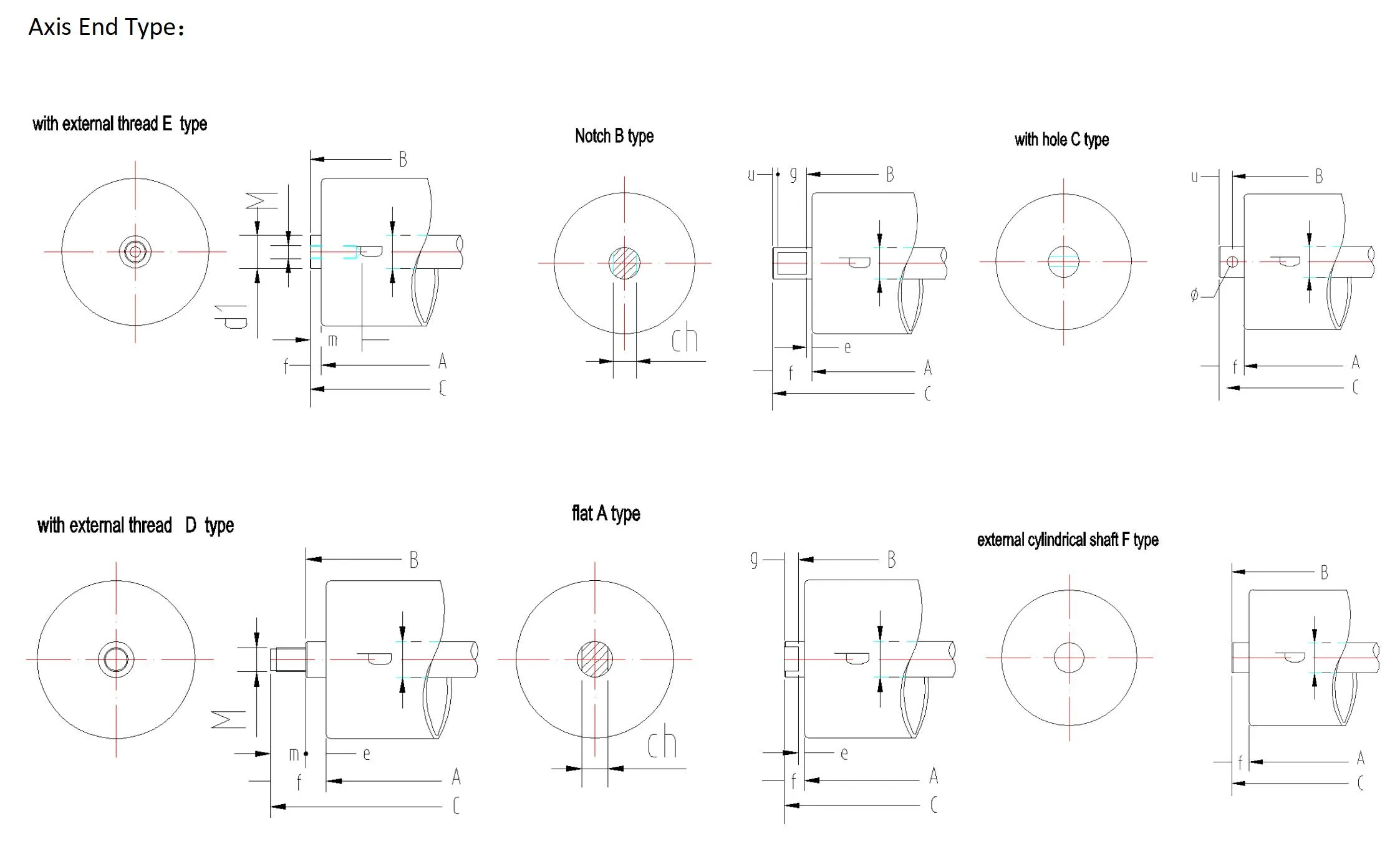tail pulley
Understanding Tail Pulleys Importance and Functionality in Conveyor Systems
In the realm of conveyor systems, tail pulleys play a crucial role, serving as a key component that ensures efficiency and reliability in material handling processes. A tail pulley is located at the end of the conveyor belt, where it supports the belt's returning section and facilitates the redirection of the belt back to the loading area. This article delves into the importance, functionality, and various types of tail pulleys used in modern conveyor systems.
Functionality of Tail Pulleys
The primary function of a tail pulley is to maintain tension in the conveyor belt. This tension is essential for the effective functioning of the conveyor system; without it, the belt could slip off the rollers or experience excessive wear. The tail pulley not only helps maintain this tension but also serves to guide the belt back to the beginning of the conveyor line, ensuring smooth and continuous operation.
Additionally, tail pulleys support the weight of the returning belt and any materials that may be on it. As the belt carries materials, it undergoes significant stress, and the tail pulley helps distribute this load evenly. This distribution reduces wear and tear on both the belt and the pulley itself, extending the lifespan of these components and minimizing maintenance costs.
Types of Tail Pulleys
There are several types of tail pulleys, each designed to meet specific operational needs
. The most common types include1. Drive Pulley While often recognized as the primary drive mechanism for the conveyor, in some systems, the tail pulley also plays a role in guiding and managing the belt's tension.
2. Non-Drive Pulley This type of tail pulley does not drive the belt but is critical for maintaining the direction and tension of the system. Non-drive pulleys can be either crowned or flat, depending on the application.
tail pulley

3. Crowned Tail Pulley This design features slight curvature along its width, which helps center the conveyor belt and prevents it from drifting off to one side. This is particularly beneficial in applications where alignment is a concern.
4. Flat Tail Pulley A flat pulley is a common design that can be used for multiple applications. These pulleys typically provide simple functionality and are often favored for their cost-effectiveness.
5. Heavy-Duty Tail Pulley Designed for high-capacity operations, heavy-duty tail pulleys are constructed from robust materials to withstand significant wear and loading. These are ideal for industrial environments where heavy material transport is inevitable.
Maintenance and Considerations
Regular maintenance and inspection of tail pulleys are critical for the overall health of a conveyor system. Operators should check for signs of wear, misalignment, or buildup of debris around the pulleys, which can hinder performance. Bearing lubrication and alignment adjustments are also essential tasks that can prevent failures and prolong the life of the pulley system.
Moreover, choosing the right tail pulley for a specific application is vital. Factors such as belt width, the type of materials being handled, operational speed, and environmental conditions should all be considered. Incorrect selections can lead to inefficiency, increased operational costs, and a higher likelihood of mechanical failure.
Conclusion
In summary, tail pulleys are indispensable components of conveyor systems, playing a pivotal role in ensuring the smooth, efficient operation of material transport. Their functionality in maintaining belt tension and guiding return flows is essential in various industries, from mining to manufacturing. By understanding the types and importance of tail pulleys, as well as the significance of regular maintenance, operators can optimize their conveyor systems for better performance and longevity. As technology advances, the development of more effective tail pulley designs continues to enhance the capabilities of conveyor systems worldwide.
-
Impact Roller for Belt Conveyor – Durable Solutions for IndustryNewsNov.24,2025
-
Rubber Conveyor Rollers – Quiet, Durable, Sealed BearingsNewsNov.24,2025
-
Industrial Conveyor Belt Rollers: Durable Solutions for Harsh EnvironmentsNewsNov.24,2025
-
Idler Rollers for Belt Conveyors | Durable, Low-Noise OEMNewsNov.24,2025
-
Durable Rubber Conveyor Belt Rollers for Industrial UseNewsNov.24,2025
-
Ceramic Lagging Conveyor Pulley – Anti-Slip, Wear-ResistantNewsNov.17,2025






























